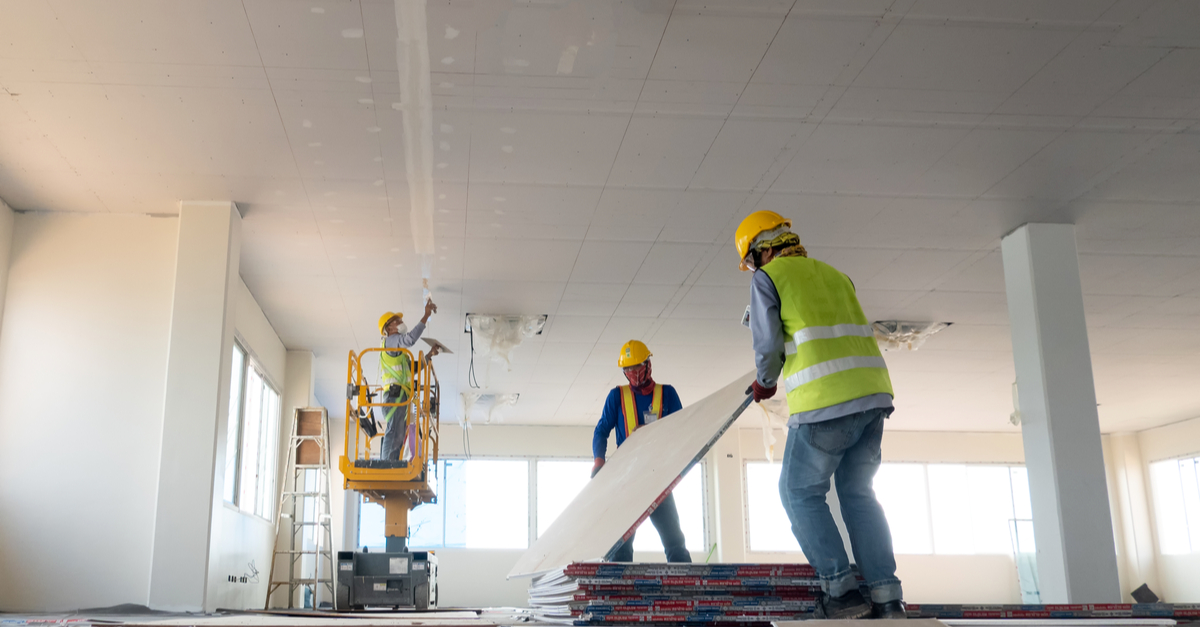Ordinance or law is a type of coverage that protects you when you need to rebuild your property according to updated building codes, ordinances or laws - hence the name. It’s especially important for older buildings, but newer properties will also benefit from this coverage as building codes are constantly changing.
A standard HOA/COA or landlord insurance policy will typically cover the cost of rebuilding or repairing your property with a similar quality product. But let’s say that you need to replace your electric system and the city has new electric codes which then require you to put in a much more expensive system, then that’s not covered by your standard insurance policy. This is why it’s crucial to get ordinance and law coverage.
Ordinance or law coverage can be split into 3 main categories:
Coverage A: Coverage for the loss to the undamaged portion of the building
Property insurance will pay for that portion of the covered property that has been destroyed. Let’s use a wall as an example of covered property and a fire as an example of a covered peril.
If a fire destroys 75% of a wall, then only 75% of that covered property has been damaged. Therefore, only the costs required to replace 75% of the wall will be paid out (crazy huh?). You need to replace the whole wall! We get around this pitfall by adding ordinance or law Coverage A that will pay the 25% that is not covered within the property insurance.
Coverage B: Demolition cost coverage
Let’s go back to the wall example. Imagine a local law or ordinance requiring you to demolish that undamaged 25% of the wall. Depending on the type of building, the amount of damage, and the presence of pollutants (such as asbestos, among others) your demolition costs could get out of hand quickly. Coverage B pays a specified limit to cover the demolition of the undamaged portion of the property that you’re required to remove.
Coverage C: Increased cost of construction coverage
A policy with replacement cost valuation will pay for a replacement property that is of “like kind and quality.” Notice that the phrase “like kind and quality” makes no mention of the additional costs required to comply with local laws or ordinances (building codes).
Let’s go back to the wall example. This time the law requires you to rebuild that wall with fire-resistive materials where you had joisted masonry. Coverage C will pay the cost of rebuilding your wall to comply with local ordinances or laws following a covered loss.
Honeycomb Insurance offers combined ordinance and law coverage (ABC) within the enhanced Hexagon Coverage. To find out more, get a quote in less than 5 minutes and one of our team members will reach out soon.




